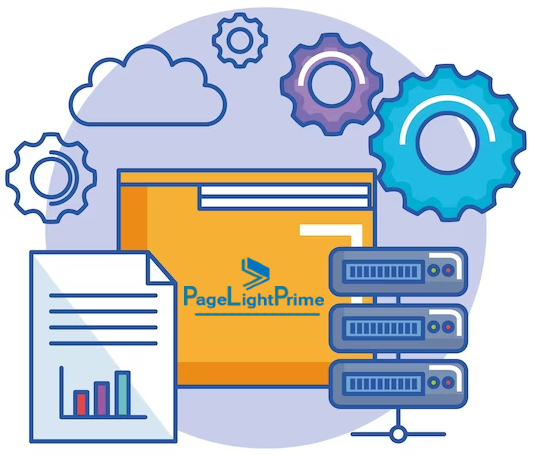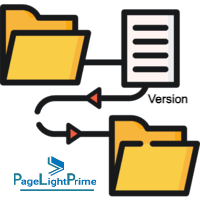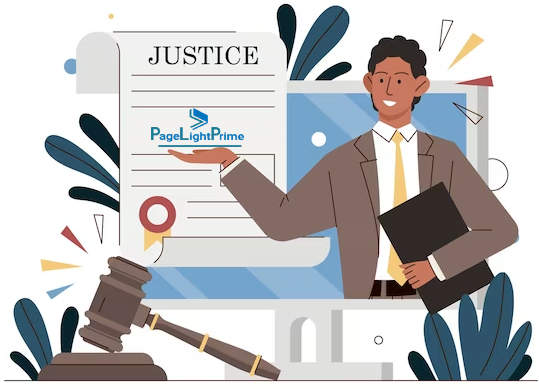Multiple Document Assembly in Legal Document Automation
Legal professionals are no strangers to the immense amount of paperwork that accompanies their daily tasks. Document creation, revision, and assembly can be time-consuming and prone to errors. In the rapidly evolving landscape of legal technology, document automation has emerged as a game-changer. Among its various capabilities, multiple document assembly stands out as a powerful tool for increasing efficiency and reducing the burden of repetitive tasks.
Written by Knowledge Team, posted on November 22, 2023

Understanding Document Assembly in Legal Automation
Legal Document Automation involves the systematic creation and generation of legal documents based on predefined templates and rules. It allows legal professionals to streamline their workflows, reduce errors, and save valuable time.
The real power of document assembly becomes apparent when dealing with multiple documents. In complex legal matters, a single case may involve a multitude of interconnected documents, such as contracts, pleadings, discovery requests, and more. Manually drafting each of these documents can be not only time-consuming but also prone to inconsistencies.
Multiple Document Assembly Explained
Multiple document assembly takes legal automation to the next level by enabling the seamless integration and assembly of various documents within a single workflow. This means that a legal professional can generate an entire set of related documents with just a few clicks, ensuring consistency and accuracy across the board.
Key Features and Benefits
Template Management
Multiple document assembly relies on well-organized templates. Legal professionals can create and manage templates for individual documents, ensuring that the language, formatting, and legal clauses remain consistent across all related files.
Dynamic Data Integration
Legal matters often involve a substantial amount of data. With multiple document assembly, legal professionals can integrate dynamic data fields that automatically populate information throughout the entire document set. This not only reduces the risk of errors but also ensures that information is updated uniformly across all documents.

Cross-Document Referencing
In complex legal cases, documents often reference each other. Multiple document assembly allows for seamless cross-document referencing, ensuring that the assembled set of documents maintains internal coherence and accurately represents the legal narrative.
Version Control
Legal work involves constant revisions. Multiple document assembly is built on Legal Document Management Software and provides version control features, allowing legal professionals to track changes, compare versions, and revert to previous iterations if necessary.
Efficiency and Time Savings
Perhaps the most significant advantage is the efficiency and time savings gained through automation. By automating the assembly of multiple documents, legal professionals can redirect their focus to more strategic and complex aspects of their cases.

Case Studies
Real Estate Law Firm
Challenge
A mid-sized real estate law firm faced inefficiencies in handling documentation for property transactions. Manually assembling documents, including purchase agreements, deeds, and title reports, was time-consuming and prone to inconsistencies.
Solution
The firm implemented a document automation system as part of their conveyancing software emphasizing multiple document assembly. Templates were created for each document type, with dynamic data fields automatically populating client information. Cross-document referencing ensured consistency in legal language and clauses.
Outcomee
The adoption of multiple document assembly led to a 25% reduction in assembly time. Errors decreased significantly, enhancing client satisfaction. The streamlined workflow enabled the firm to handle a higher volume of transactions without compromising document quality.

Corporate Legal Services
Challenge
A corporate legal services firm, grappled with the complexity of M&A transactions involving numerous documents such as merger agreements and due diligence reports. Manual document creation posed challenges in maintaining accuracy and consistency.
Solution
The firm implemented a document automation solution with robust multiple document assembly features. Templates for M&A documents were established, and dynamic data integration streamlined the inclusion of financial and legal information. Version control was implemented for tracking changes during negotiations.
Outcome
The client experienced a 30% reduction in M&A document preparation time. Dynamic data integration and cross-document referencing improved accuracy, reducing the risk of errors. The firm could efficiently manage multiple M&A cases simultaneously, providing faster and more reliable legal services.

Legal Aid Foundation for Social Justice
Challenge
The Legal Aid Foundation, a non-profit organization, faced challenges handling a high volume of diverse cases in family law, immigration, and housing with limited resources.
Solution
The organization implemented a tailored document automation platform that allowed the creation of templates for different case types. Integration with their case management system streamlined data input and retrieval.
Outcome
Document automation increased the foundation’s capacity to serve clients, handling a larger caseload without compromising document quality. The multiple document assembly feature enabled more efficient and accessible legal services for marginalized communities.

Conclusion
Multiple document assembly in legal document automation is a transformative tool that empowers legal professionals to navigate the intricate landscape of legal paperwork with greater ease and efficiency. As technology continues to advance, embracing these innovations becomes imperative for law firms aiming to stay competitive and deliver exceptional legal services. By harnessing the power of multiple document assembly, legal professionals can enhance their productivity, reduce errors, and ultimately provide more effective representation for their clients.
